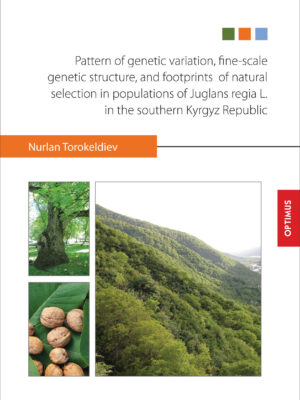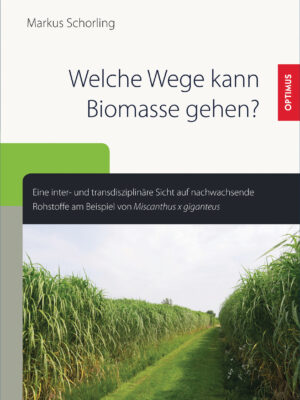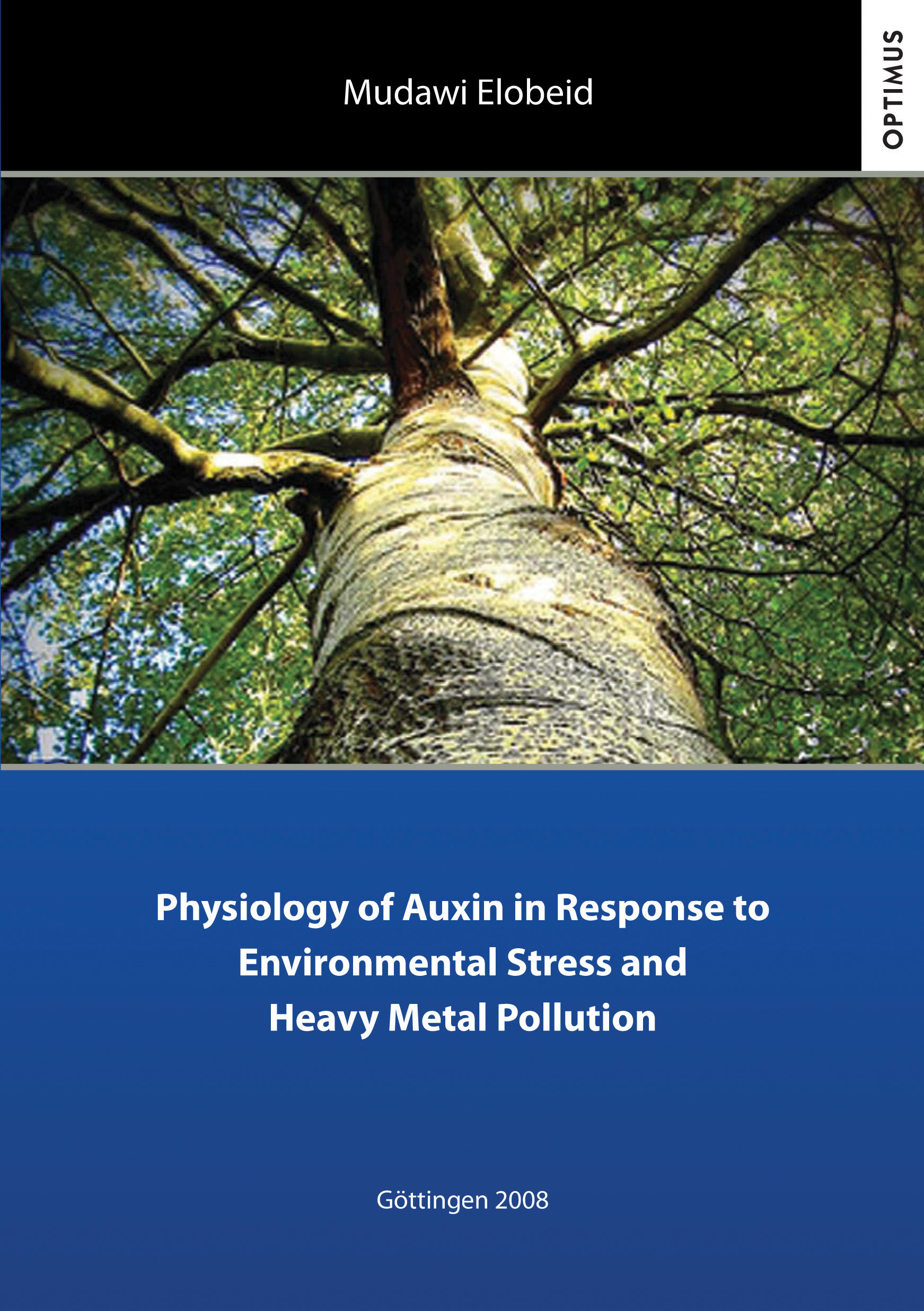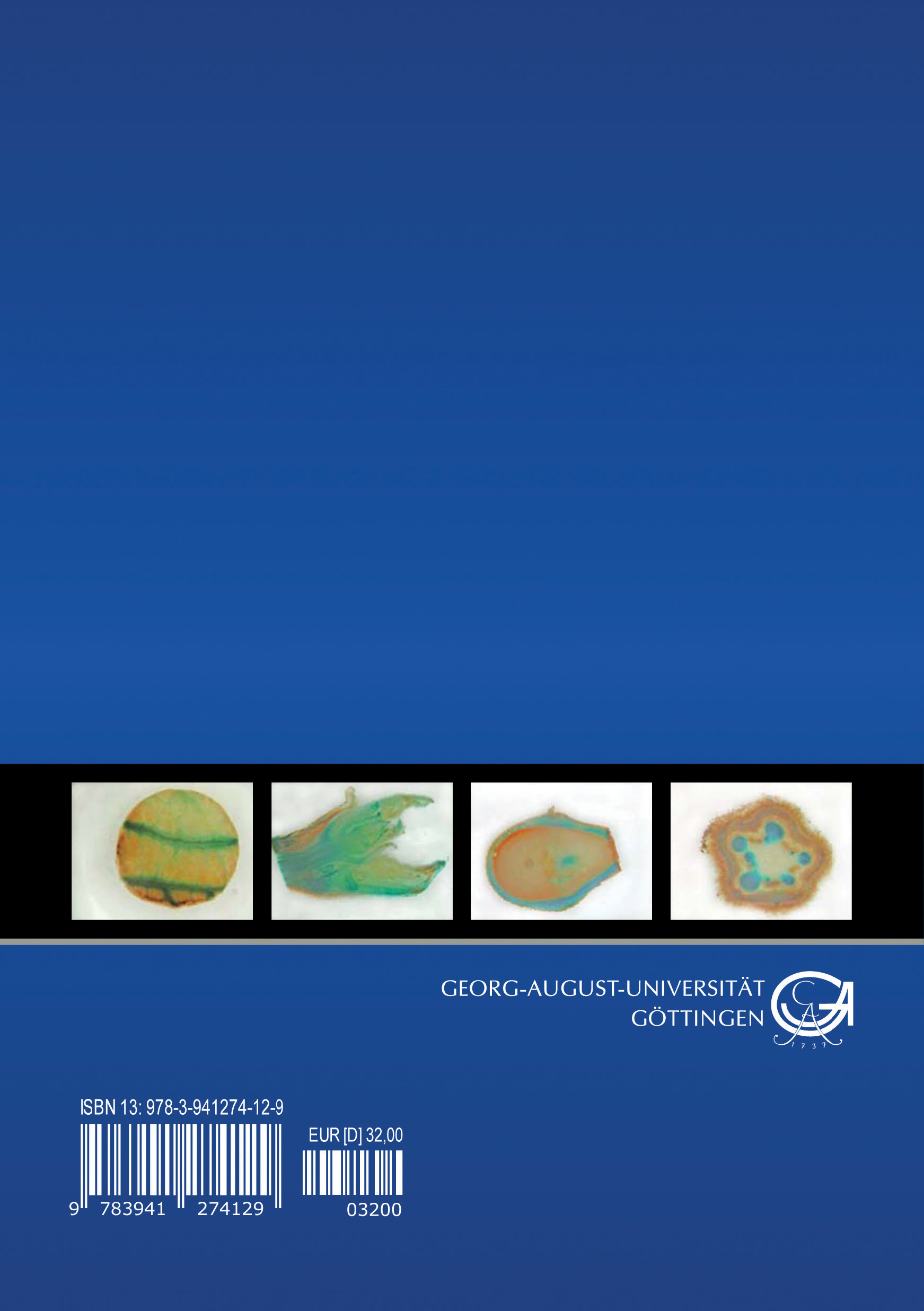Physiology of Auxin in Response to Environmental Stress and Heavy Metal Pollution
This dissertation investigates how the plant hormone auxin mediates environmental and heavy metal stresses in poplar (Populus × canescens). Using GH3::GUS promoter-reporter transgenic lines, the study examines seasonal auxin expression patterns under field conditions, and assesses the effects of cadmium, manganese, and copper on auxin physiology, providing new insights into hormone-regulated stress responses in a model forest tree.
32,00 €
inkl. 7 % MwSt. zzgl. Versandkosten
Auxin sits at the center of plant growth and stress adaptation. Focusing on the model forest tree Populus × canescens, this dissertation investigates how auxin physiology responds to environmental challenges and heavy metal exposure under realistic conditions. Using GH3::GUS promoter–reporter poplar lines, it maps auxin-responsive expression in the field across seasons and probes the impact of cadmium, manganese, and copper on hormone-regulated processes, yielding new insight into stress signaling in woody species.
Designed as a problem-driven study rather than a purely methodological exercise, the work links controlled metal treatments with auxin readouts to clarify when and how stress alters hormone dynamics in trees. The approach combines in situ seasonal observation with targeted perturbation, allowing the reader to distinguish background developmental patterns from metal-induced shifts in auxin response—a distinction that is often blurred in lab-only assays. In consequence, the study offers a field-anchored baseline for interpreting auxin signals in forest physiology and pollution research. Guiding questions structure the analysis:
- Do GH3::GUS auxin-responsive expression patterns change with the seasons under natural field conditions in poplar?
- How does cadmium stress affect auxin physiology and auxin-responsive signaling?
- What is the effect of excessive manganese on auxin regulation?
- Which copper levels are compatible with healthy poplar growth, and how do departures from this range modulate auxin responses?
For researchers and practitioners in plant physiology, forestry, and environmental biology, the findings help separate metal-specific effects from general stress phenotypes and suggest where auxin-centered readouts can serve as early indicators of impairment. More broadly, the study situates auxin at the intersection of development and stress, demonstrating how a single hormonal network channels environmental and pollution cues into growth outcomes in a long-lived tree.
| Auflage | 1 |
|---|---|
| EAN | 9783941274129 |
| ISBN | 978-3-941274-12-9 |
| Titel | Physiology of Auxin in Response to Environmental Stress and Heavy Metal Pollution |
| Kurztitel | Physiology of Auxin |
| Autor | |
| Hochschule | Georg-August Universität Göttingen |
| Erscheinungsdatum | 06.02.2009 |
| Erscheinungsjahr | 2009 |
| Verlag | |
| Ort | Göttingen |
| Ausgabeart | Softcover |
| Sprache | englisch |
| Seiten | 181 |
| Medium | Buch |
| Produkttyp | Dissertation |
Herstellerinformationen
Sievers & Partner
Erfurter Str. 10
96450 Coburg
Deutschland (Bayern)
Tel: +49 9561 6754754
E-Mail: info@elitebuch.com
Alle auf dieser Seite angebotenen Produkte entsprechen den geltenden gesetzlichen Vorschriften zur Produktsicherheit gemäß der Verordnung (EU) 2023/988 über die allgemeine Produktsicherheit (GPSR).
Das könnte Sie auch interessieren

The cow eats the chameleon
39,90 €
Pattern of genetic variation, fine-scale genetic structure, and footprints of natural selection in populations of Juglans regia L. in the southern Kyrgyz Republic
39,90 €
Welche Wege kann Biomasse gehen?
29,90 €
Non-farm Wage Labour and Entrepreneurship in Rural Vietnam
39,90 €


